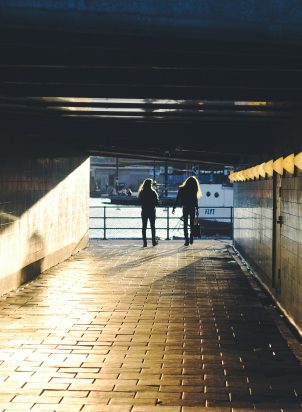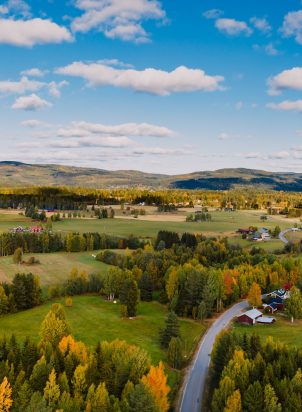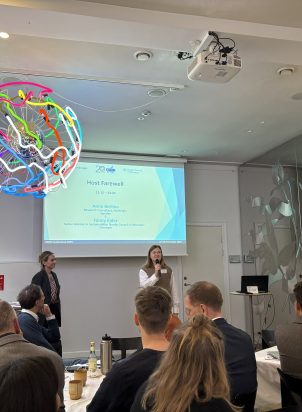About half the population of the Nordics has access to second-homes and use them during the summer or winter seasons and weekends. Regular retreats to rural areas by people from the towns and cities have an impact on small towns and municipalities. But it is lacking attention in policy and spatial planning. These and other issues facing small towns are analysed in a recently published book “The Routledge Handbook of Small Towns”. Nordregio Senior Research Fellow Dr. Elin Slätmo has contributed with a chapter about urban-rural integration through second-homes.
The chapter ”Urban–Rural Linkages” is based on an analysis of Nordic statistics and qualitative fieldwork in five Nordic municipalities. It seeks to investigate if and how second homes and seasonal tourism are being embraced as part of the Nordic spatial planning and policy agenda. It also looks at the implications of second homes and seasonal tourism for urban–rural integration throughout the Nordic region.
“There are several ongoing processes that enforce the urban-rural blurring when focusing on second homes in the Nordic countries. The dynamic between the urban and rural is continuously created by activities such as multilocality and mobility towards second homes,” says Dr. E. Slätmo.
According to the researcher, it is crucial to actively include the second-home population into local policy and planning. Because these people are using infrastructure and services in the areas they inhabit, and they contribute to the local economy and social life in rural areas. But the variability of the population due to second-home usage or tourism is still largely ignored in policy and spatial planning in the Nordic countries.
The book also addresses issues related to the development of small towns and their role for regional growth in different countries.




